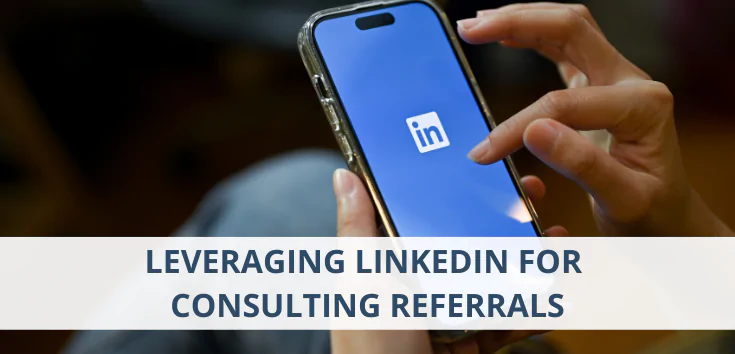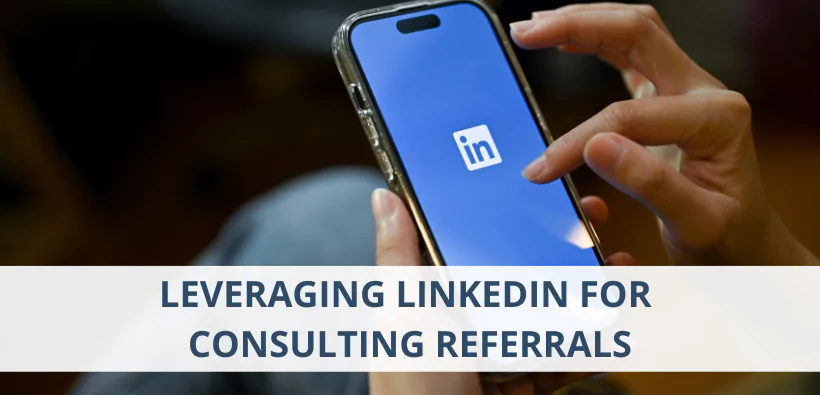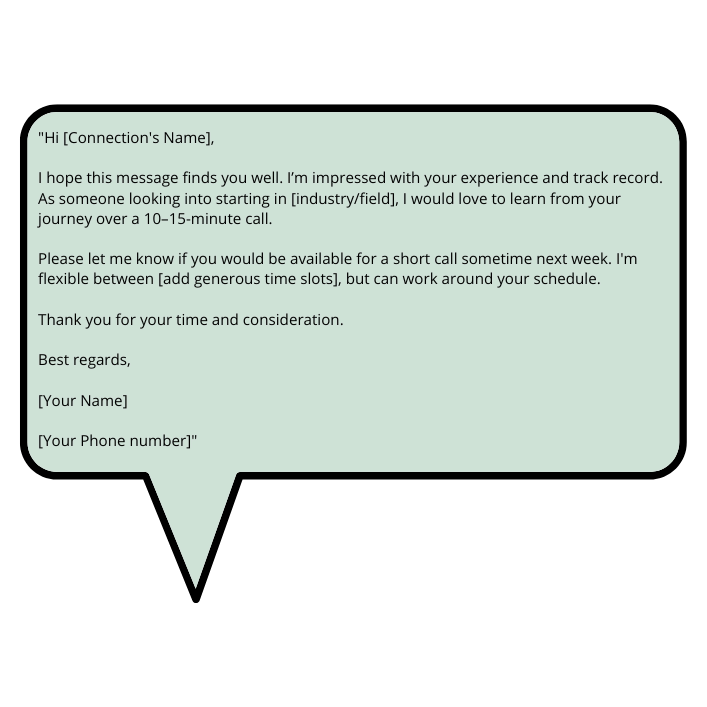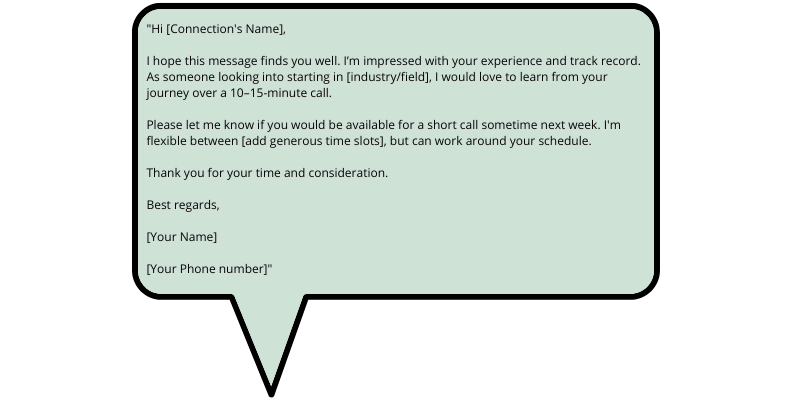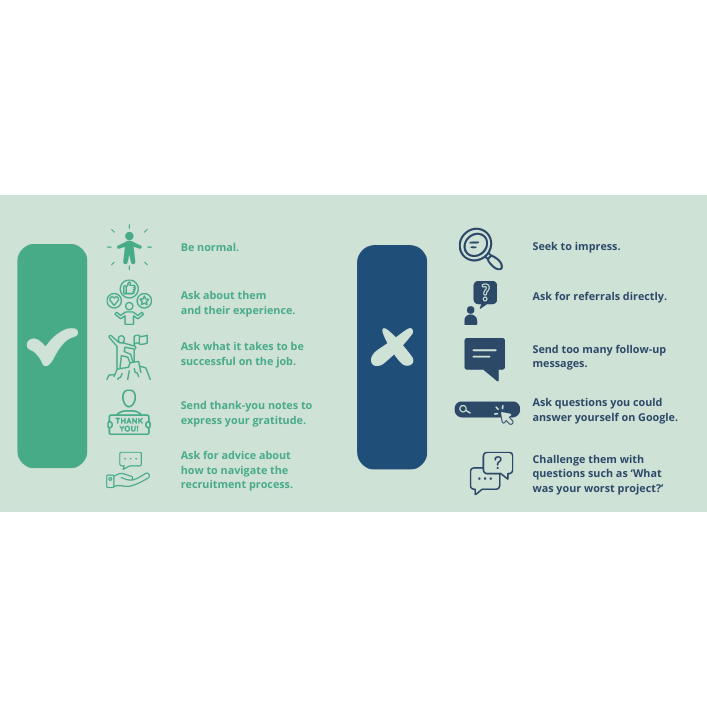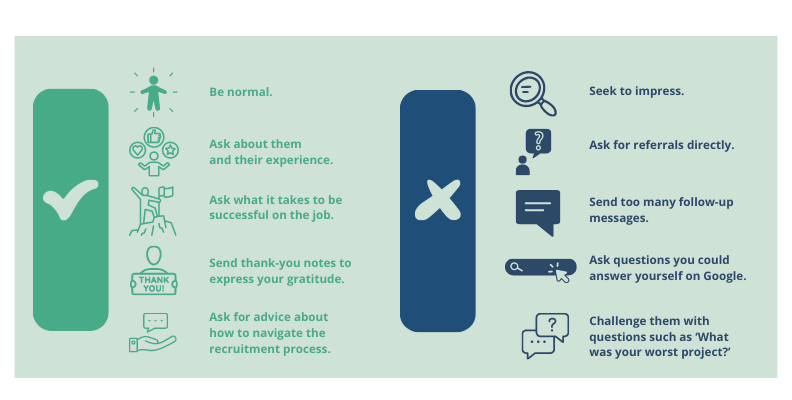In the competitive world of consulting, referrals are the keys that unlock doors to interviews with top firms. A referral helps you stand out from the competition because it signals to the hiring team that you have the endorsement and support of someone from within the organisation. Plus, a referee can act as a source of insight and guidance throughout the hiring process. Few candidates have such contacts within reach, however.
At the same time, LinkedIn has become a powerful networking tool for consulting jobs. This article will guide you through the step-by-step process of leveraging LinkedIn to get referrals for consulting applications, helping you tap into this vast network of professionals and increase your chances of securing interviews with your target firms.
